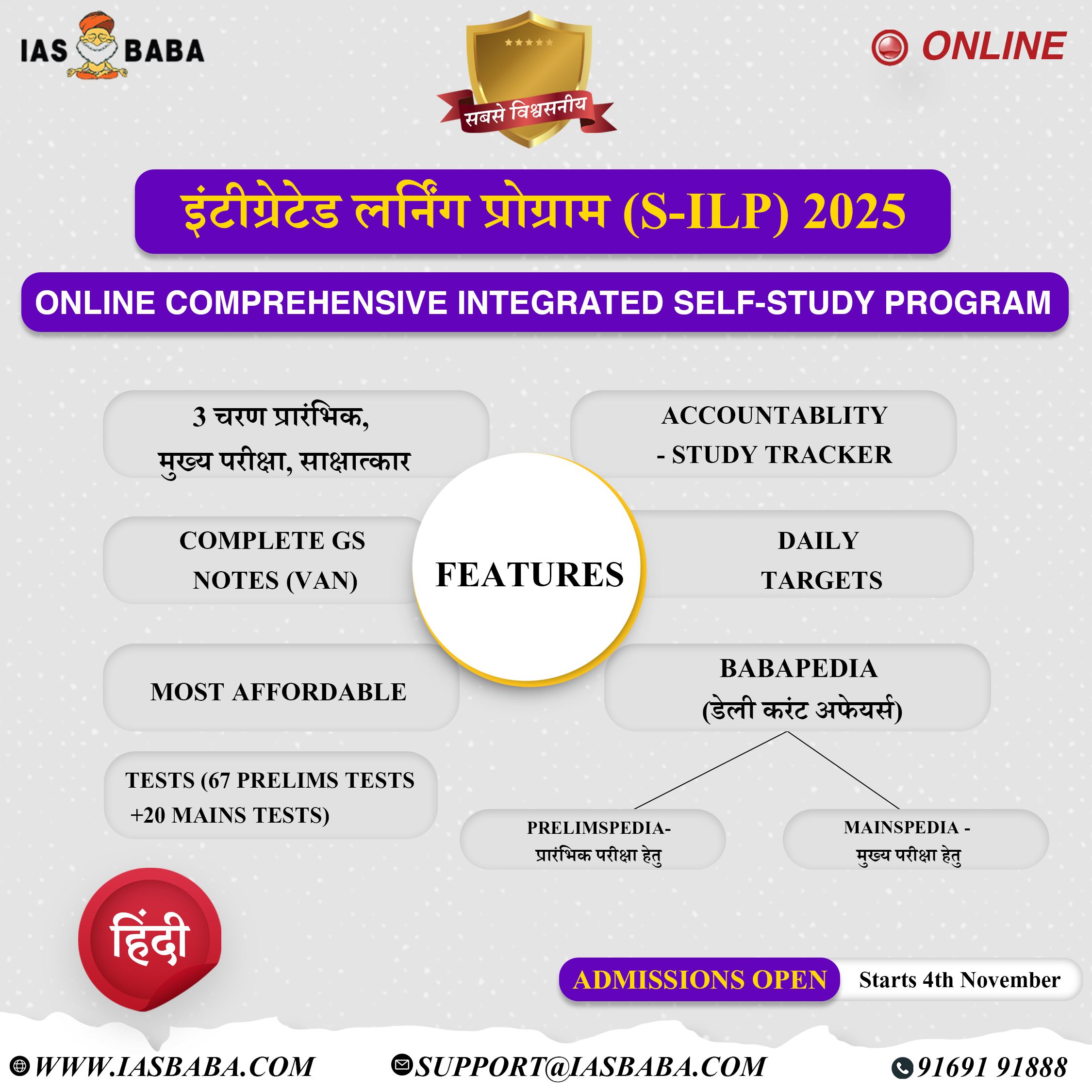IASbaba's Daily Current Affairs Analysis

IAS UPSC Prelims and Mains Exam – 16th January 2020
Archives
(PRELIMS + MAINS FOCUS)
Indian Economy
TOPIC:
General Studies 3:
- Indian Economy and issues relating to planning, mobilization, of resources, growth, development and employment.
General Studies 2:
- Effect of policies and politics of developed and developing countries on India’s interest
Indian Economy: Comparison with other economies in the Asian region
Context:
- India’s Economic growth (2QFY20 GDP growth at 4.5%) is at its lowest in six years, while inflation (December 2019- CPI is 7.35%) is at its highest in five years.
- Trade war going on between USA and China that has led to realigning of global supply chain providing an opportunity for India to tap this shift.
Comparison with rest of Asian economies that are broadly at a comparable level of development as India
- Economic Growth
- India is no longer the fastest growing economy in the region.
- There are eight regional economies that are growing faster than India is at this point in time, including China, Cambodia, Indonesia, Myanmar, the Philippines, Vietnam, Bangladesh and Nepal.
- Slowdown in the past
- Many of these countries have experienced growth slowdowns in the past couple of years. China, the Philippines and Nepal have lost the momentum. Nevertheless, there are some that have broadly maintained their rates of economic expansion, such as Cambodia, Indonesia, Vietnam and Myanmar,
- Trade tensions, inventory de-stocking, weak corporate investment, new emission norms and the electronics technology cycle are some of the reasons which can explain this broad regional economic slowdown.
- One country that has actually accelerated in the midst of the regional slowdown, Bangladesh.
- There is no country that has slowed down as sharply as India has since 2017, by 2.2 percentage points.
- 1.Macro-economic Stability (Fiscal Deficit and Inflation)
- Most regional economies have macro stability indicators, fiscal and monetary, that are on par with India’s.
- Most of the other regional Asian economies run on relatively tight budgets, ranging from the Philippines (1.1%) and Cambodia (1.3%) to Vietnam (4.4%) and Bangladesh (4.8%).
- What does this (better fiscal management) mean?
- This essentially means that these countries have more policy space to increase public spending to support growth in case it falters.
- The only other comparable regional economy that has a fiscal deficit in excess of 5% of gross domestic product (GDP) is China, though the actual number is likely to be far higher than the Indian fiscal deficit
- 2.Inflation
- Four of the eight Asian countries have average annual inflation that was higher than India’s in 2019. The other four have lower inflation. India is the median.
- What does it mean?
- This challenges the growing consensus in India that the pursuit of low inflation has wrecked growth, because there are countries such as the Philippines that are growing faster than India with lower inflation
- Trade Diversion
- it is well known that Vietnam and Bangladesh have got an early lead in the race to attract global supply chains that are moving away from China. They have been the principal beneficiaries of trade diversion
- What were some of the reasons that led India to falter in tapping the opportunities?
- Indian public discourse gave up on manufacturing too early in the game, either citing a unique growth model based on services or arguing that automation was anyway killing manufacturing jobs
- India’s Make in India scheme could not take off
- Domestic Financial crisis – Twin Balance sheet problem & NBFC crisis- has negatively impacted the demand and thus weakened the prospects of FDI inflow.
However, there is still reason for hope
- A look at manufacturing as a percentage of value added in the eight Asian countries provides hope for India to revive its tag of fastest growing nation in the world
- China is obviously the leader, with manufacturing accounting for 20% of gross value added. India is at 15%, which does not compare too badly with Cambodia (16%), Indonesia (20%), the Philippines (19%), Vietnam (16%) and Bangladesh (18%)
- This data suggests that there is still an opportunity for India to take advantage of the trade war, rather than prematurely losing hope.
Way Ahead
- India will need a policy framework that plugs it into global supply chains, rather than moving back into a protectionist shell.
- Timely implementation of the infrastructure projects which reduces logistics cost thus enhancing the competitiveness of Indian products.(104 Lakh Crore announced for Infrastructure development between 2019-24)
- There needs to be domestic peace & harmony to ensure that business sentiment is intact thus assuring that economy will thrive in a Vibrant Democratic market
Connecting the dots
- International Monetary Fund says that China is running a fiscal deficit that is in double-digit territory as a proportion of GDP. What will be the impact of such opaqueness in fiscal reporting by China?
ANSWERS FOR 15 JAN 2020 TEST YOUR KNOWLEDGE (TYK)
| 1 | C |
| 2 | A |
| 3 | B |
| 4 | B |
MUST READ
About trade agreements
About Internet freedom
Supreme Court’s decision on restrictions in Kashmir











